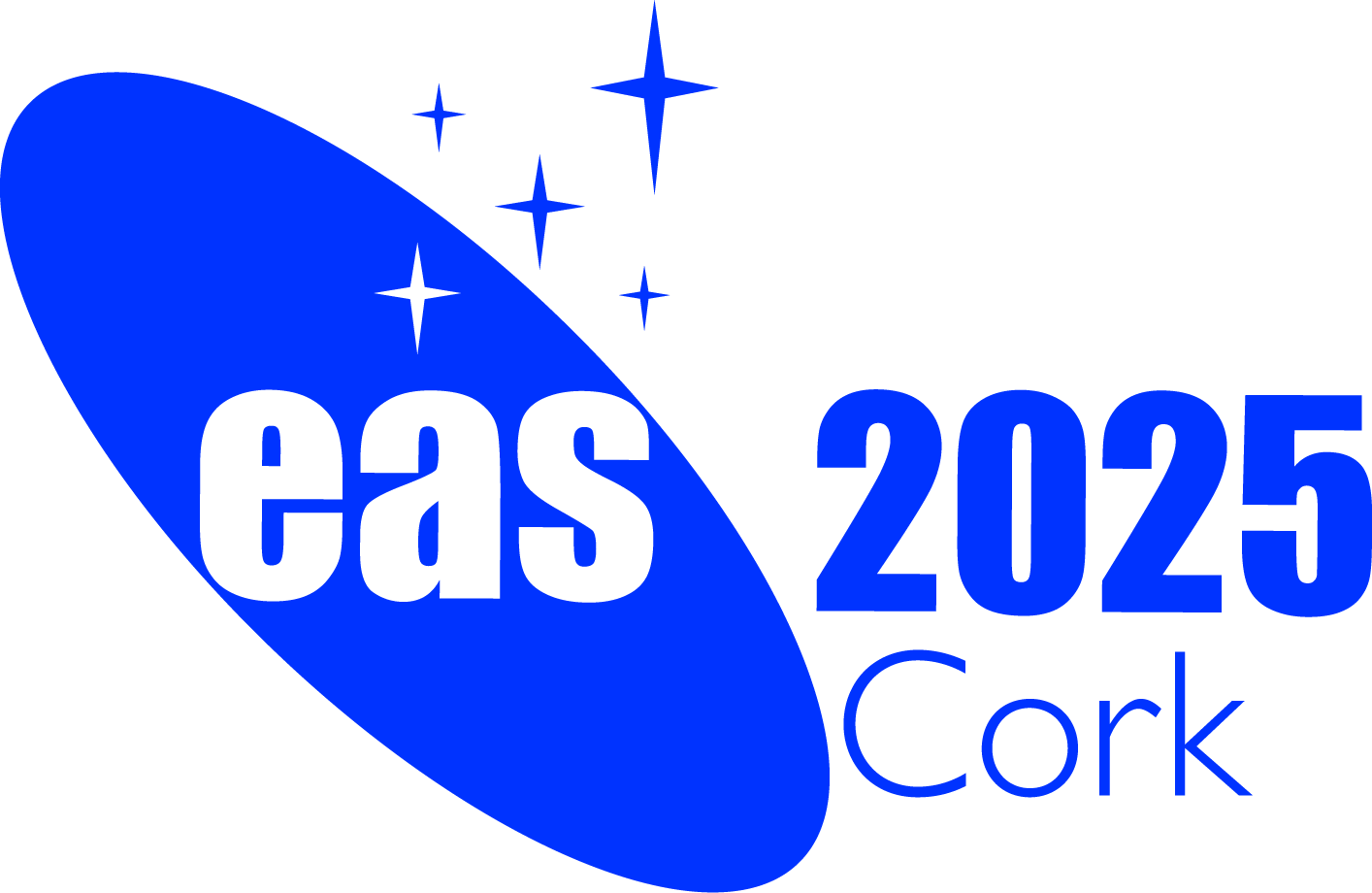
|
Special Session SS23
25 June 2025
The very high energy view on massive stellar ecosystems
The origin of cosmic rays is a long-standing mystery in Astrophysics especially concerning the highest energy particles in the spectrum. In recent years high energy particles have been identified from very-high-energy γ-ray observations of young massive star clusters such as for example Westerlund 1 & 2, Cygnus OB2, and 30 Dor in the LMC. The underlying origin of this emission is still poorly constrained, especially for what concerns the relation between the high-energy emission and the physical properties of the stars. This is mostly due to the difficulties to estimate the wind luminosity, as in most of the stellar systems the stellar population is not well known. Meanwhile, this is a fundamental ingredient to quantify the acceleration power of this source class and make predictions about their γ-ray visibility, and to understand whether they can significantly contribute to the Galactic cosmic rays. At the same time, this is an important piece of information to recognize the origin of the emission within these stellar environments.
Programme In this special session, we propose to bring the massive star and high energy communities together to address the key stellar physics uncertainties in understanding the origin of ?-ray emission from stellar clusters. This full-day session will consist of three blocks on different themes relating to massive star clusters and their high energy emission:
Invited speakers
Scientific organisers
Listed in alphabetical order: Contact Updated on Tue Mar 11 14:28:14 CET 2025
|
||||||||
|
European Astronomical Society |
|||||||||
 A power cut will shut down all EAS services on Tuesday, 10 January 2017 starting at 7:30 CET.
A power cut will shut down all EAS services on Tuesday, 10 January 2017 starting at 7:30 CET.

